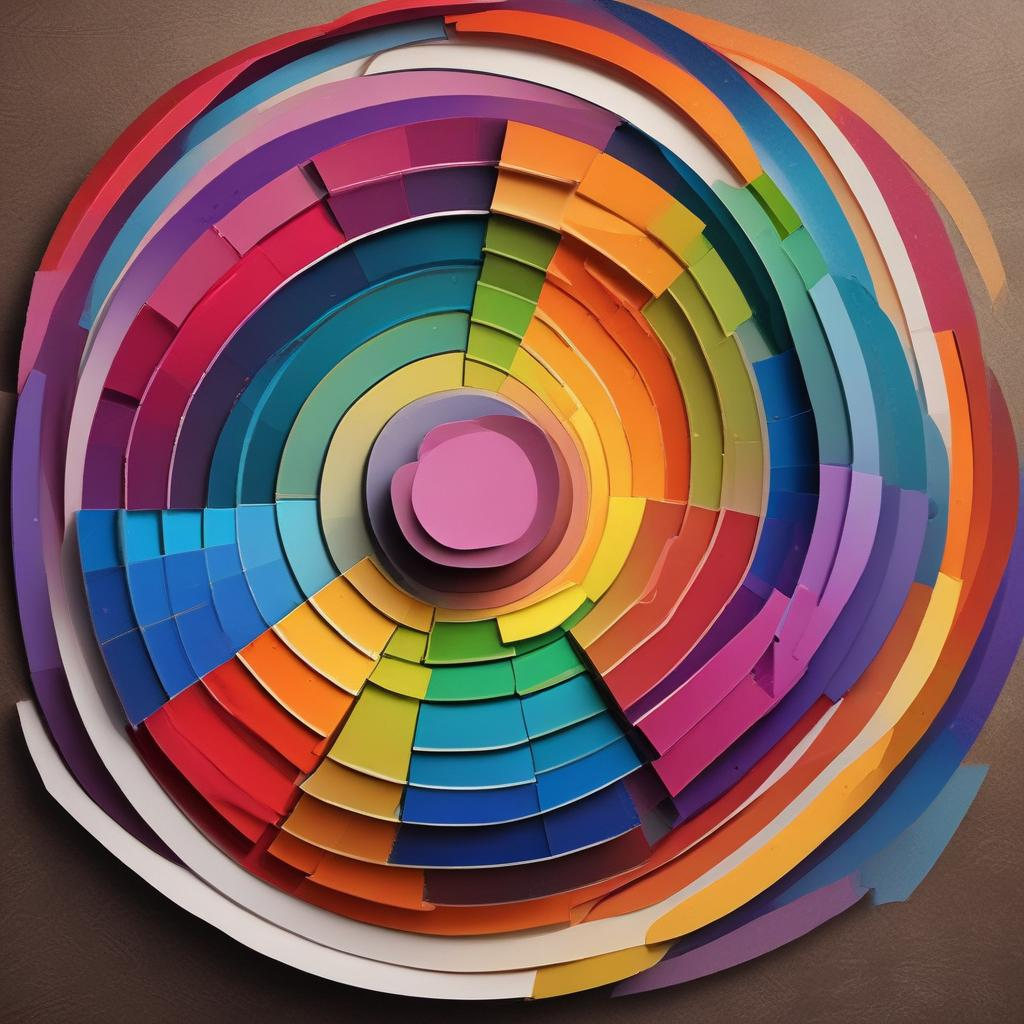The Influence of Color in Marketing: Top 10 Strategic Insights
Color is not just a fundamental aspect of our visual experience, but also a powerful tool in communication and marketing. It can influence mood, drive behavior, and even affect decision-making processes. In the realm of marketing, understanding and strategically using color can greatly enhance the effectiveness of campaigns and brand identity. Here are the top 10 strategic insights into the influence of color in marketing.

- Brand Recognition: Color increases brand recognition by up to 80%. Brands like Coca-Cola with its red color, McDonald’s with its yellow, and Starbucks with its characteristic green are testaments to this. Choosing a distinctive color can differentiate a brand from its competitors and can make it more recognizable to the customer.
- Psychological Impact: Colors evoke specific psychological reactions. For example, blue is often associated with trust, calm, and reliability, which is why it is frequently used by banks and businesses that want to project security. Yellow, often seen in fast food chains, creates a cheerful and youthful image and can stimulate appetite and bring about a sense of happiness.
- Consumer Targeting: Different colors appeal to different demographic groups. For instance, men might respond better to bold colors like blue or black, while women are often more receptive to softer colors like purple or pink. Understanding your target audience can help in selecting a color scheme that effectively attracts and communicates with them.
- Cultural Considerations: Colors mean different things in different cultures. While white is associated with purity and weddings in Western cultures, it is related to mourning and funerals in some Eastern cultures. Marketers must be aware of these cultural nuances to avoid miscommunication and to resonate with a global audience.
- Increase in Sales: Strategically used colors can lead to a substantial increase in sales. A Call-to-Action button in red, for instance, can perform better than other colors because red is energetic and urgent. In contrast, a calming blue might not perform as well in cases where an immediate action is required.
- Website Conversions: Color schemes of a website can significantly affect its conversion rates. For example, changing the color of a sign-up button or the background color of a landing page can make a huge impact. Testing different colors can help find the most effective ones that lead to higher engagement and conversions.
- Sensory and Contextual Alignment: Colors must align with the product or service offered. For instance, green is often used to promote environmental and natural products because it stands for nature and tranquility. Similarly, using grey or silver might be more appropriate for high-tech or luxury products.
- Seasonal Color Strategy: Just as fashion rotates colors with the seasons, so can marketing strategies to reflect seasonal moods and buyer behaviors. Bright colors can boost summer campaigns, while softer, muted tones may work better in a winter or autumn marketing scheme.
- Compatibility with Other Design Elements: The power of color must be harnessed in harmony with other design elements. Inconsistencies between color, typography, and images can confuse the message and impact the effectiveness of the marketing materials. Consistency and cohesion in design help strengthen brand identity and communication.
- Consistency Across Channels: Consistent use of color across all marketing channels helps reinforce brand identity and enhances customer experiences. Whether it’s print, digital, storefront, or television advertising, maintaining color consistency ensures that your brand is recognized and remembered across all touchpoints.
Understanding the psychology of colors and their strategic application in marketing materials can significantly influence consumer perceptions and actions. By carefully choosing colors that align with the brand message, target audience, and product characteristics, marketers can create powerful narratives and drive better customer engagement and conversions. Embracing the full spectrum of color’s potential will not only enrich the visual toolkit but also bolster the effectiveness of marketing efforts.


.jpg)
.png)
.png)


0 Comments